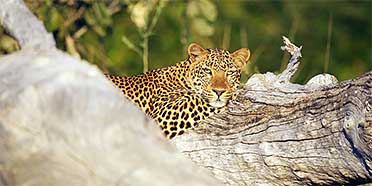
Safari Tours to South Luangwa NP
-
![10-Day Romantic Zambia Safari Tour]()
10-Day Romantic Zambia Safari Tour
$5,199 to $6,299 pp (USD)
Zambia: Private tourLuxuryLodge & Tented Camp
You Visit: Lusaka (Start), South Luangwa NP, Victoria Falls, Livingstone (End)

Wayfairer Travel
4.8/5 – 185 Reviews
-
![12-Day Zambezi and Luangwa Valleys]()
12-Day Zambezi and Luangwa Valleys
$3,982 pp (USD)
Zambia: Shared tour (max 10 people per vehicle)
Mid-range Lodge & HotelYou Visit: Livingstone (Start), Lower Zambezi NP, Lusaka (City), Chipata (City), South Luangwa NP, Mfuwe Airport (Mfuwe), Mfuwe (End)

Adventure Purists
4.8/5 – 15 Reviews
-

6-Day South Luangwa Short Safari, Zambia
$3,900 pp (USD)
Zambia: Private tourLuxuryLodge & Bush Camp
You Visit: Lusaka (Start), South Luangwa NP, Lusaka Airport (End)

Kingfisher Safaris
4.9/5 – 60 Reviews

 Zambia Parks
Zambia Parks

















